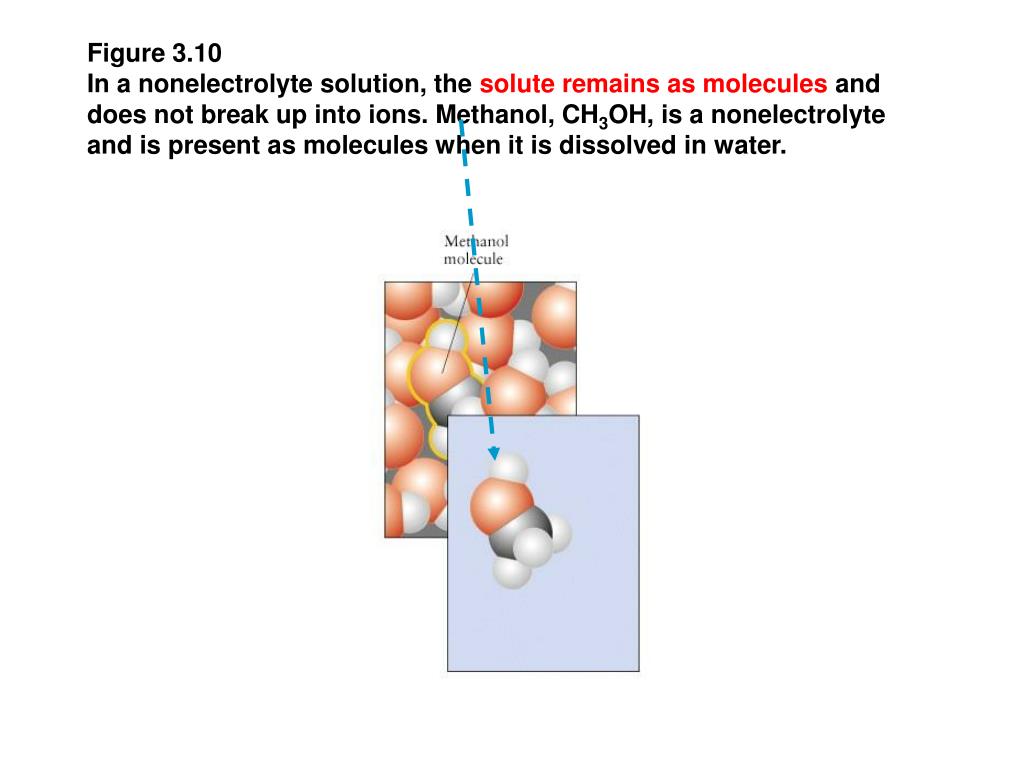

Change in the concentration will affect the system, only if the added or subtracted amounts of solution is gaseous or aqueous liquids and solids do not contribute to the equilibrium shifts. The rate on the either side occur equally at the same time, making equilibrium dynamic. To relieve the stress, the equilibrium shifts left or right. When temperature or concentration are changed, the stress is placed on either of the reactant or products side. Equilibrium equation shows when the rate of reactants equal to the rate of products. The lab discusses the equilibrium using Le Chetelier's Principle. Dispose all chemicals and clean up the work area. Place test tube in a 250-mL beaker containing ice cubes and water until a color change occurs.

Place the test tube in the beaker of hot water from step 2 until a color change occurs. Add just enough HCl to get a purple color.ġ1. Place 5 mL of cobalt solution in a test tube.ġ0. In row D, add five drops of AgNO3 solution to each well and stir with the toothpick. In row C, add five drops of distilled water to each well and stir with the toothpick. In row B, add one more drop of HCl to each well and stir with the toothpick. Mix the contents of each well with the plastic toothpick. Add two, four, six, eight, ten, and twelve drops of HCl to the CoCl2 solution in column 1, 2, 3, 4, 5, 6 of the well plate, respectively.ĥ. Put on latex gloves and place five drops of CoCl2 solution in each of the 24 wells of the labeled well plate.Ĥ. While waiting for the water to boil, move on to the next step.ģ. Place a beaker containing about 100 mL of water on a hot plate.


 0 kommentar(er)
0 kommentar(er)
